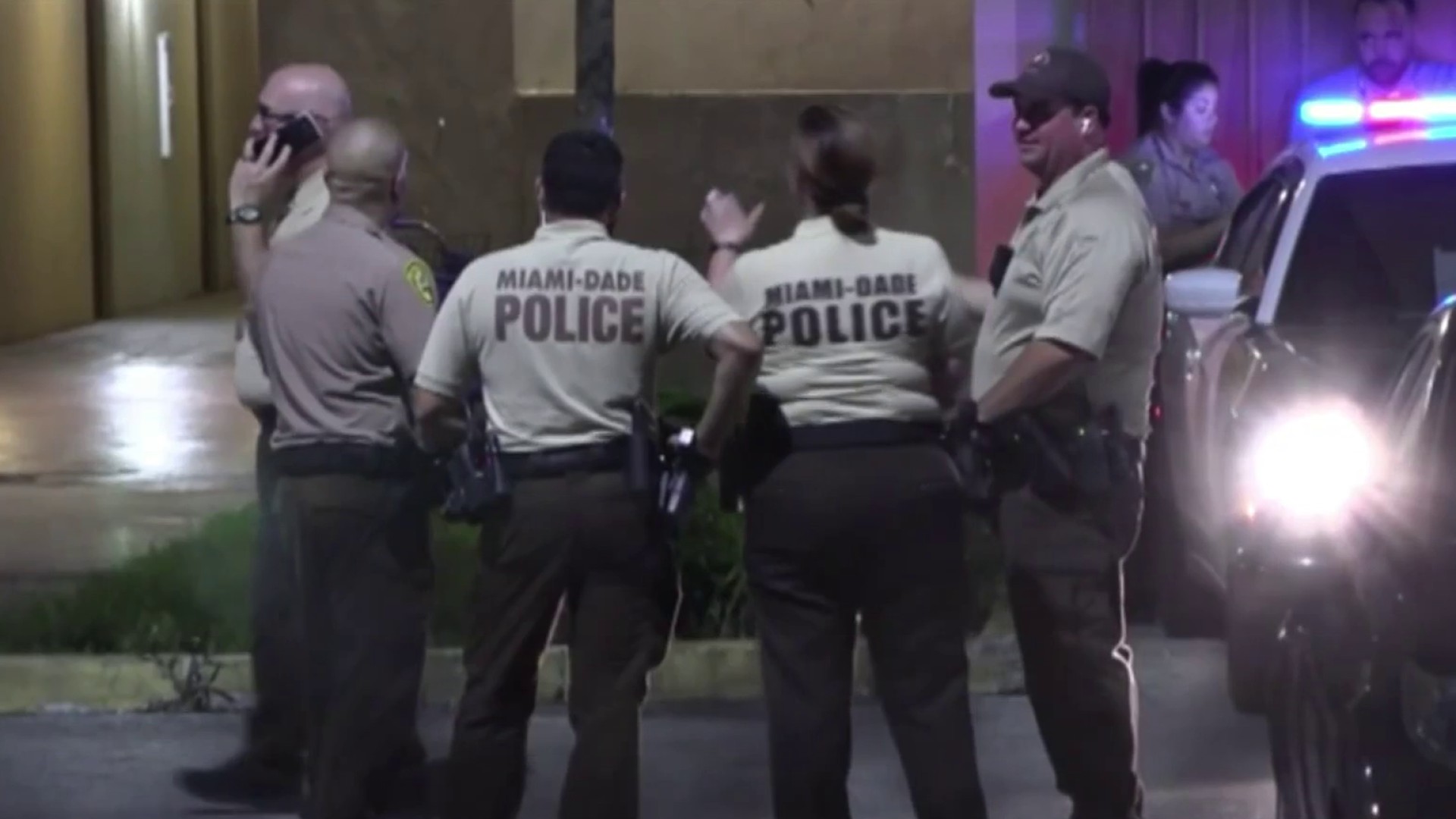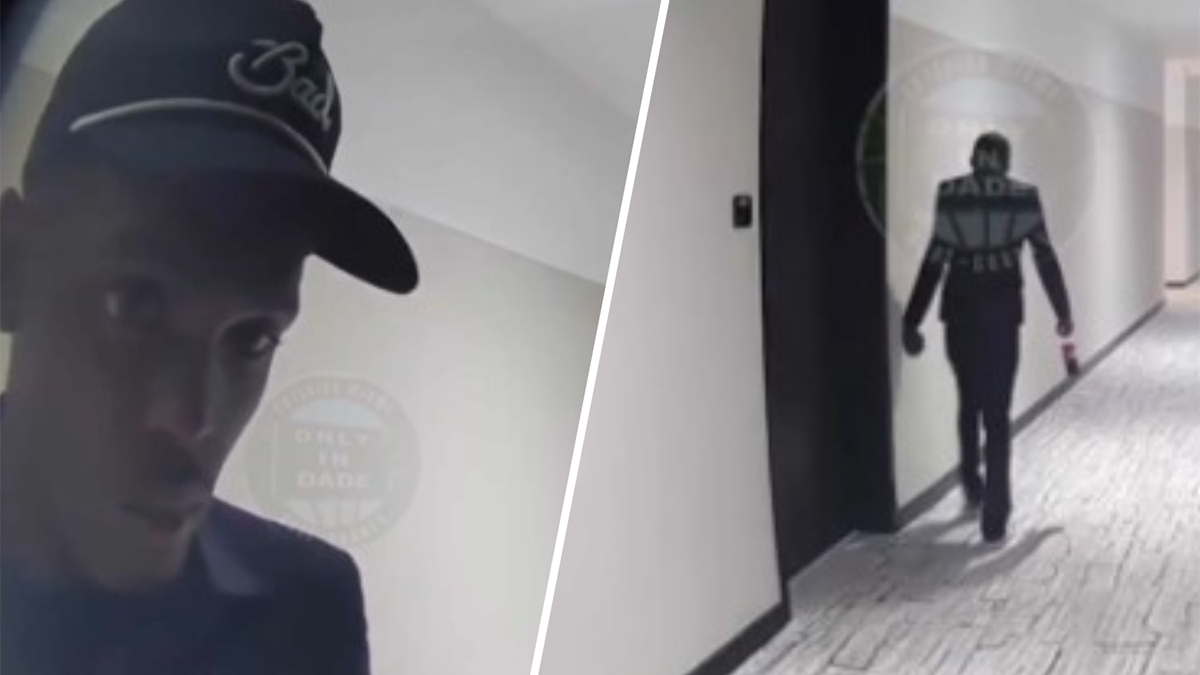A University of Central Florida student who was found dead from a self-inflicted gunshot wound to the head early Monday had planned an attack and laid out a timeline, the school’s police chief said.
Police found four improvised explosive devices in a backpack and a couple hundred rounds of ammunition, UCF Police Chief Richard Beary said.
“It could have been a very bad day for everybody here," he said. "All things considered, I think that we were very blessed here at the University of Central Florida. With the ammunition he had, I mean let’s face it – one shooting here is bad enough, but multiples would have been just unthinkable. So anybody armed with this type of weapon and ammunition could have hurt a lot of people here, particularly in a crowded area as people were evacuating.”
UCF spokesman Grant Heston identified the student as James Oliver Seevakumaran, a 30-year-old business major, at a news conference Monday afternoon.
7th Panther Death of 2013 Reported in Southwest Florida
Authorities initially responded to a fire alarm at Tower One, a high-rise campus dorm near the school's arena, at 12:21 a.m. As students were leaving the building, police got a 911 call from the student’s roommate, who said that Seevakumaran had pointed a weapon at him, and that he immediately closed his door and secured himself in the bathroom, Beary said.
Police were there in just under three minutes.
“We rescued that student from that dorm room,” Beary said.
Local
The police chief said it appeared that Seevakumaran pulled the fire alarm before returning to his room to get his weapons.
Beary said he believed that authorities' quick response led to Seevakumaran abandoning his planned attack and taking his own life.
“When people are on a mission, it doesn’t take much confusion to alter that," Beary said. "And when they heard the sirens coming, and then heard the officers coming up those stairs – because they were coming up quick to get that young man out of that house – I think that may have played a pivotal role."
Officers found a short .22-caliber tactical rifle, a .45-caliber handgun and the IED's in Seevakumaran's room, as well as notes and writings that indicated he planned an attack, Beary said.
About 500 students were evacuated from the building, a nearby parking garage was closed, and a bomb squad was called to the scene.
The explosive devices were eventually "rendered safe," Beary said.
Seevakumaran was arrested on traffic charges in Seminole County in 2006, Beary said.
He was enrolled at UCF from fall 2010 through fall 2012, according to Heston.
“Records show that in mid-February he was not enrolled at UCF for the spring, had not paid for his housing, and so we had started the process of having him removed from the tower," Heston said. "But because of the economy, and because of the way we act compassionately toward our students, it’s a process that took time. It was not completed by the time of the incident today.”
Seevakumaran had never been seen by UCF counseling and psychological services, and did not have any student conduct issues, Heston said.
NFL's Stallworth Injured in Hot Air Balloon Crash
Heston said that Tower One has re-opened, so students can return.
The university is providing counselors to students who wish to speak with them at the Recreation and Wellness Center.
Agencies including the Orange County Sheriff's Office, the ATF and FBI are assisting in the UCF Police Department's investigation.
More Local Stories:



